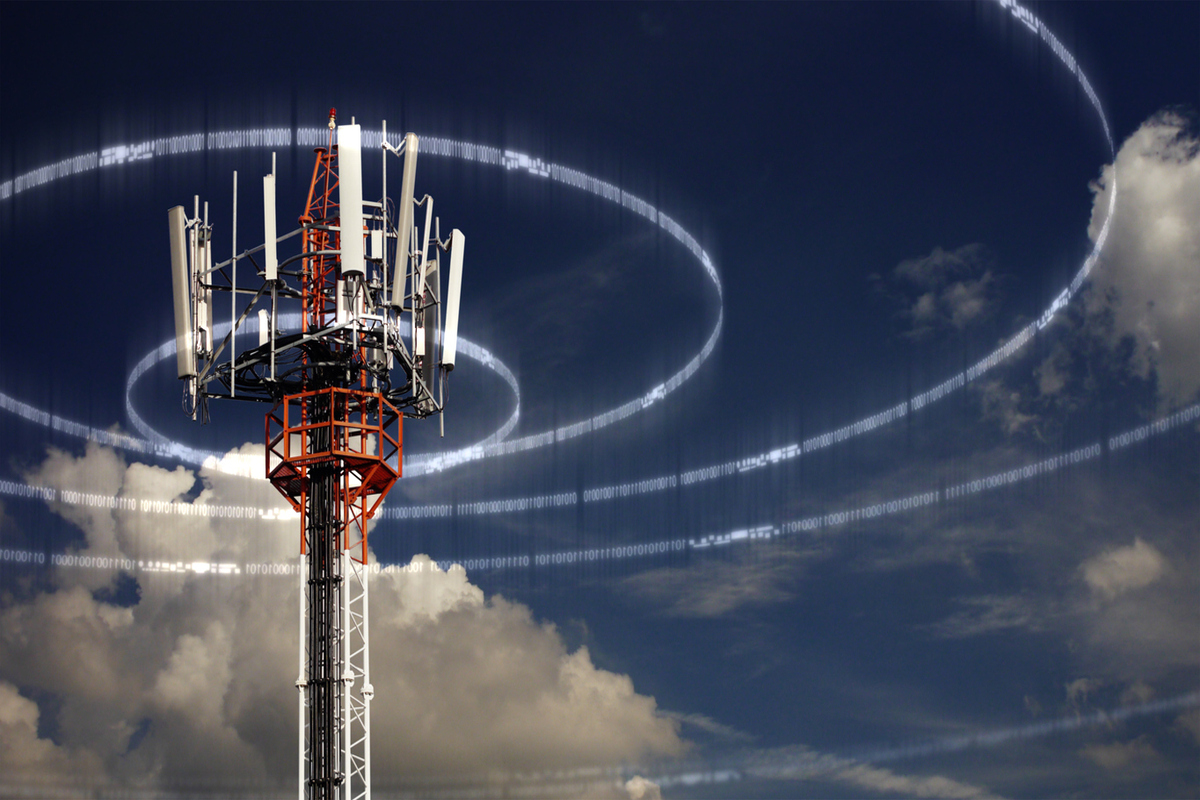The replacement of Chinese Light Emitting Diodes (LEDs) with Indian made ones during the festive season led to a marked improvement in Very High Frequency (VHF) radio communication this year.
A senior officer of the West Bengal Police noted how communications between the control room and personnel on the ground used to be a big challenge due to severe interference during Durga Puja, Kali Puja and Jagaddhatri Puja in previous years.
Advertisement
Millions of LED chains are used to decorate Puja pandals and surrounding areas during the festive season in the state. Even government agencies use LED chains to decorate structures in public places like parks and gardens during the festival.
“This used to be a big problem as our personnel involved in law-and-order duties and crowd control during the festivals remained cut-off from the control room. Their handheld radios were practically useless. This was a major threat to the security. We didn’t know the reason till amateur radio operators from the West Bengal Radio Club (WBRC) carried out their own research,” the officer said.
Ambarish Nag Biswas, secretary, WBRC, said that they detected the phenomenon while carrying out tests on their VHF sets. Such tests are carried out for sometime daily to check signal strength. It took a bit of doing to get to the bottom of the interference.
“We noticed that interference was greatest when signals passed over areas that had maximum LED chains. Barasat was a problem area during the Kali Puja while there was severe interference in Chandernagore during Jagddhatri Puja. We then focussed on the LEDs,” Nag Biswas said.
According to Prof. Pashumati Mondal, a physicist associated with WBRC, Chinese LEDs have three prongs or legs and are made of inferior quality material.
“Chinese LEDs use tin while Indian ones use metals like copper. All this interference has to do with photon particles that are key to emission of light by the diodes. Whenever the cheap Chinese LEDs are used, a noise is emitted that travels along the radio waves, causing interference. As a result, the receiver can’t hear any voice. As Indian LEDs (with two prongs or legs) are now replacing the Chinese ones, the problem has come down significantly,” he said.
Dipankar Chakraborty, a senior HAM, spoke on how radio waves are transmitted.
“There is a carrier wave on which the voice wave is perched. One can compare this to a trailer truck carrying goods. The trailer truck is the carrier while the goods are voice waves. The receiver has to unload the voice waves from the carrier. This is called demodulation. The problem occurred as the noise emitted by the Chinese LEDs had nearly the same frequency as the voice waves. These noise waves would also travel on the carrier and once demodulated, they replaced the voice waves. One can identify a Chinese LED chain by a small box that is attached. It has a switch,” he said.











